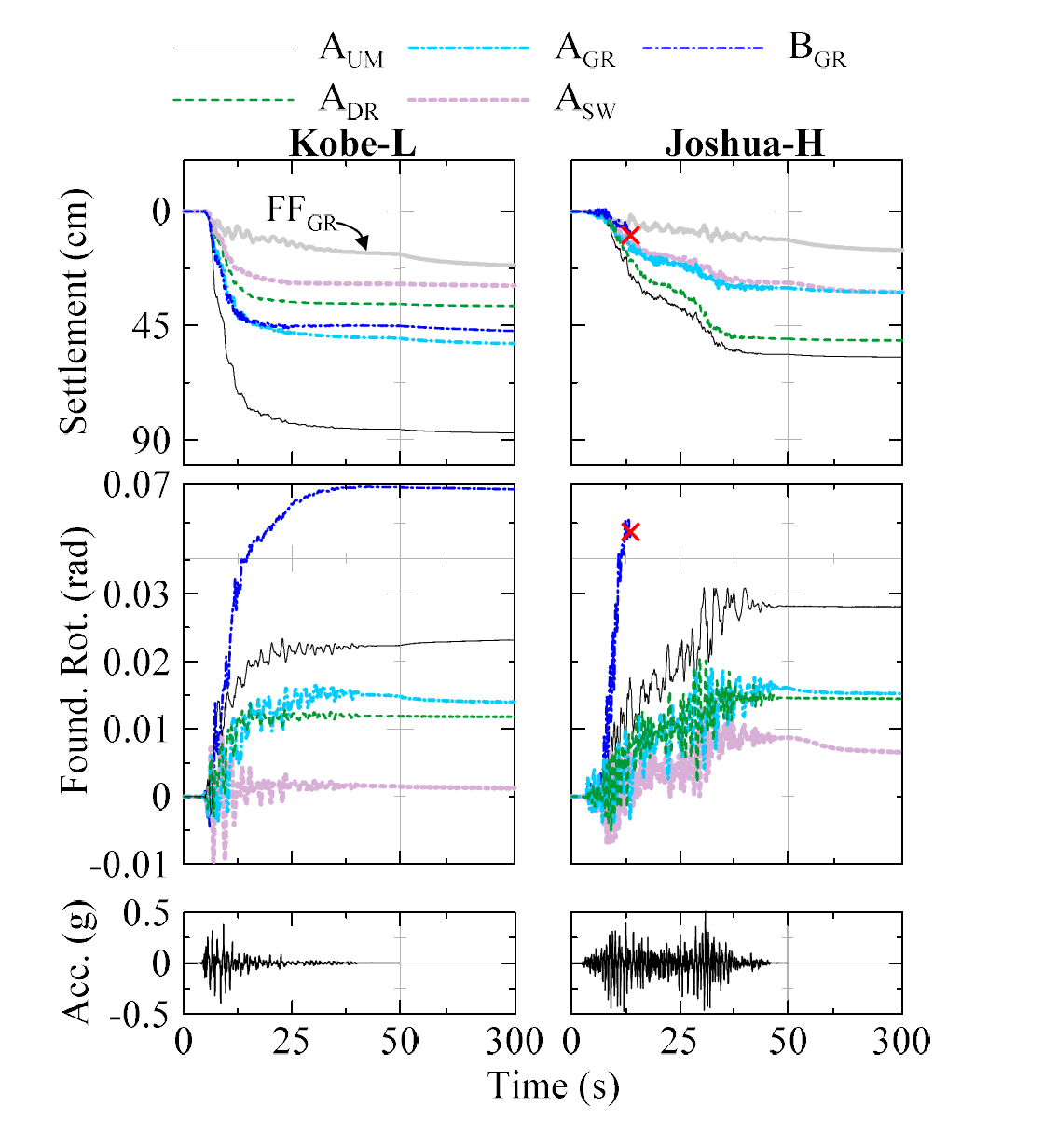We’ve had a number of papers recently accepted. I’ve posted abstracts and the manuscripts here, before they appear online.
Authors: Jakub Valigura, Abbie Liel and Petros Sideris
This paper investigates the impacts of the column system on bridge life-cycle costs in high seismic areas. It focuses on hybrid sliding-rocking (HSR) columns, which are an accelerated bridge construction (ABC) technology. The authors conduct a life-cycle cost assessment, quantifying costs of bridge construction and potential earthquake damage and subsequent repairs, as well as the cost of bridge closure time due to construction or repairs. Two prototypical modern seismically-designed bridges are considered, each designed with both conventional RC and HSR columns. Construction costs of HSR columns are higher. However, drift demands on the HSR columns are generally lower, damage is less severe and costs of repairing the columns are greatly reduced. Moreover, construction times are about 80% quicker for HSR columns, and repair times are reduced relative to conventional construction. The results suggest advantages in most cases to the HSR column system, reducing construction time and expected costs and time for seismic repairs sufficiently to counteract the increase in upfront construction costs. The benefits of the HSR, and by extension other ABC column systems, are particularly significant for highly trafficked bridges in high seismic areas, but hold for a wide range of input assumptions.
The paper will be published in Structure and Infrastructure Engineering.
Please contact Jakub Valigura with questions.
























